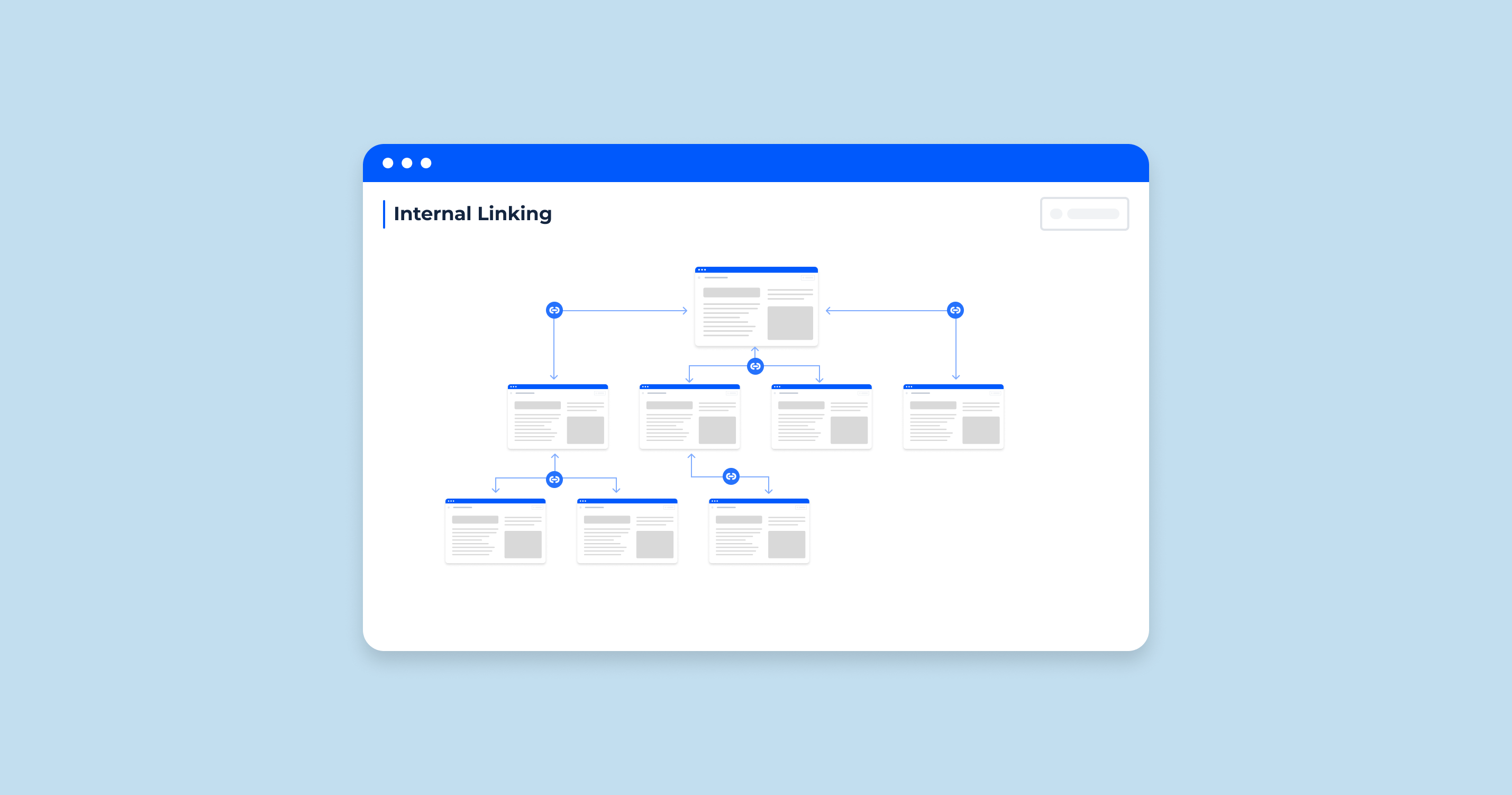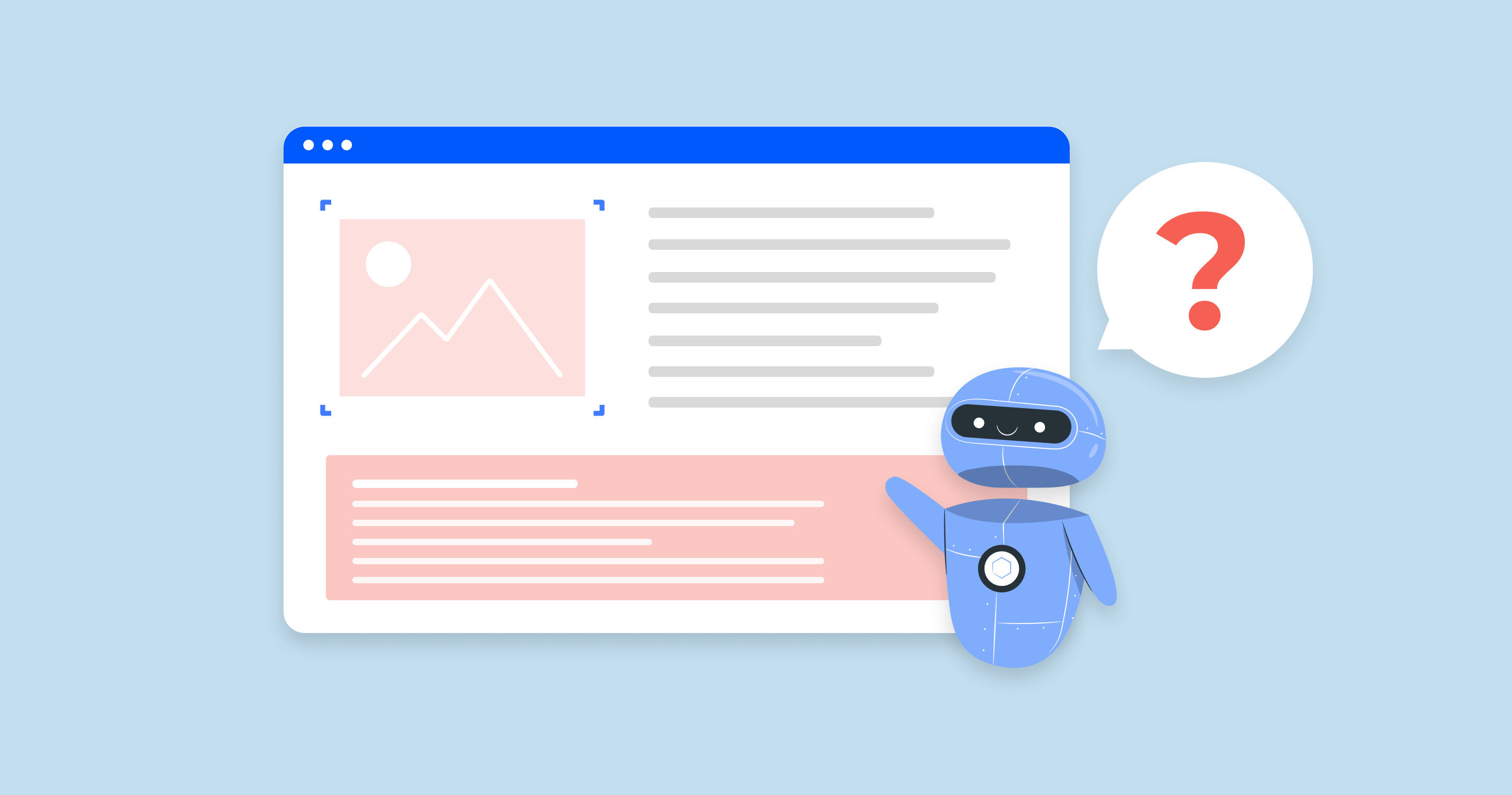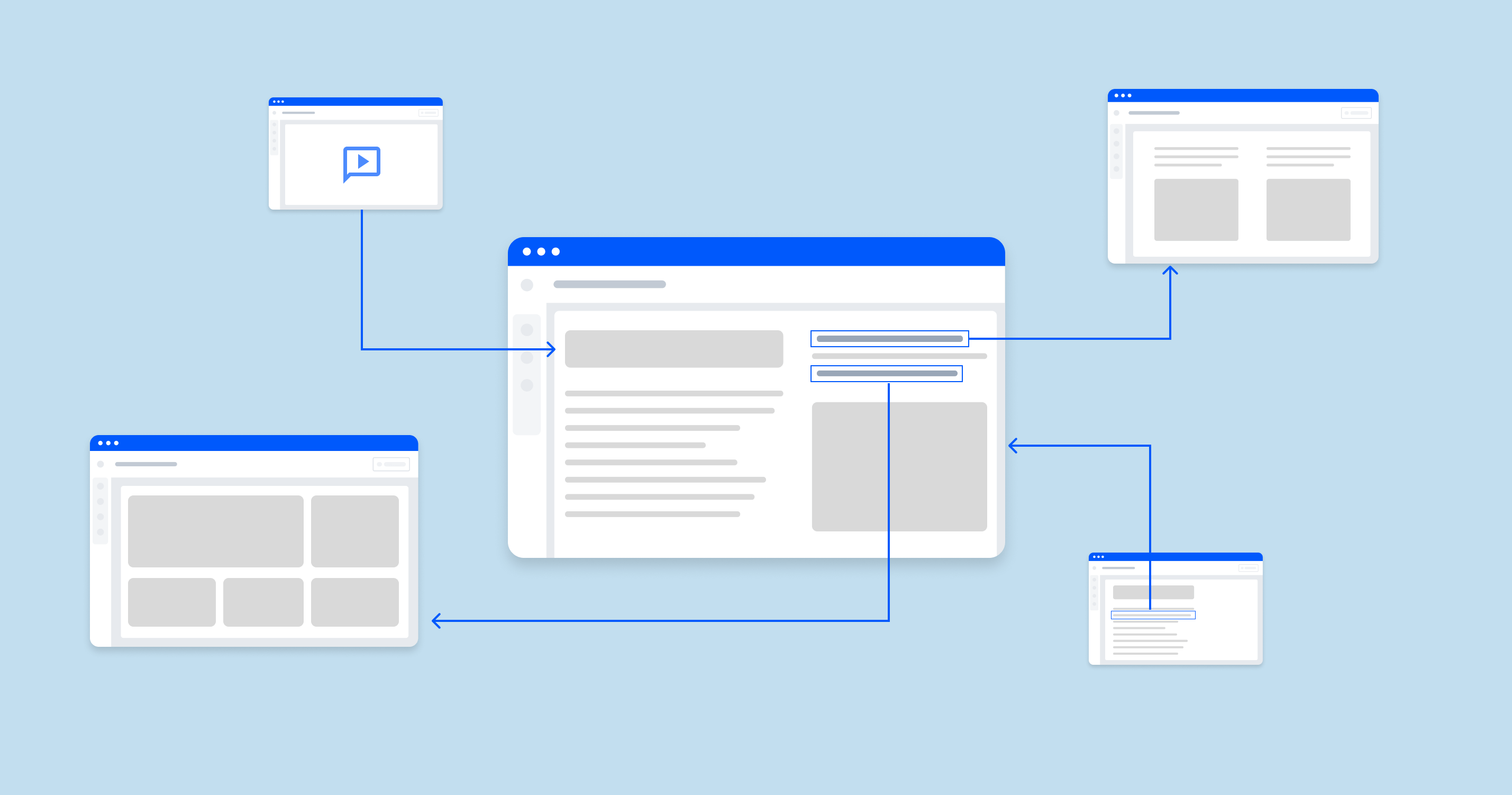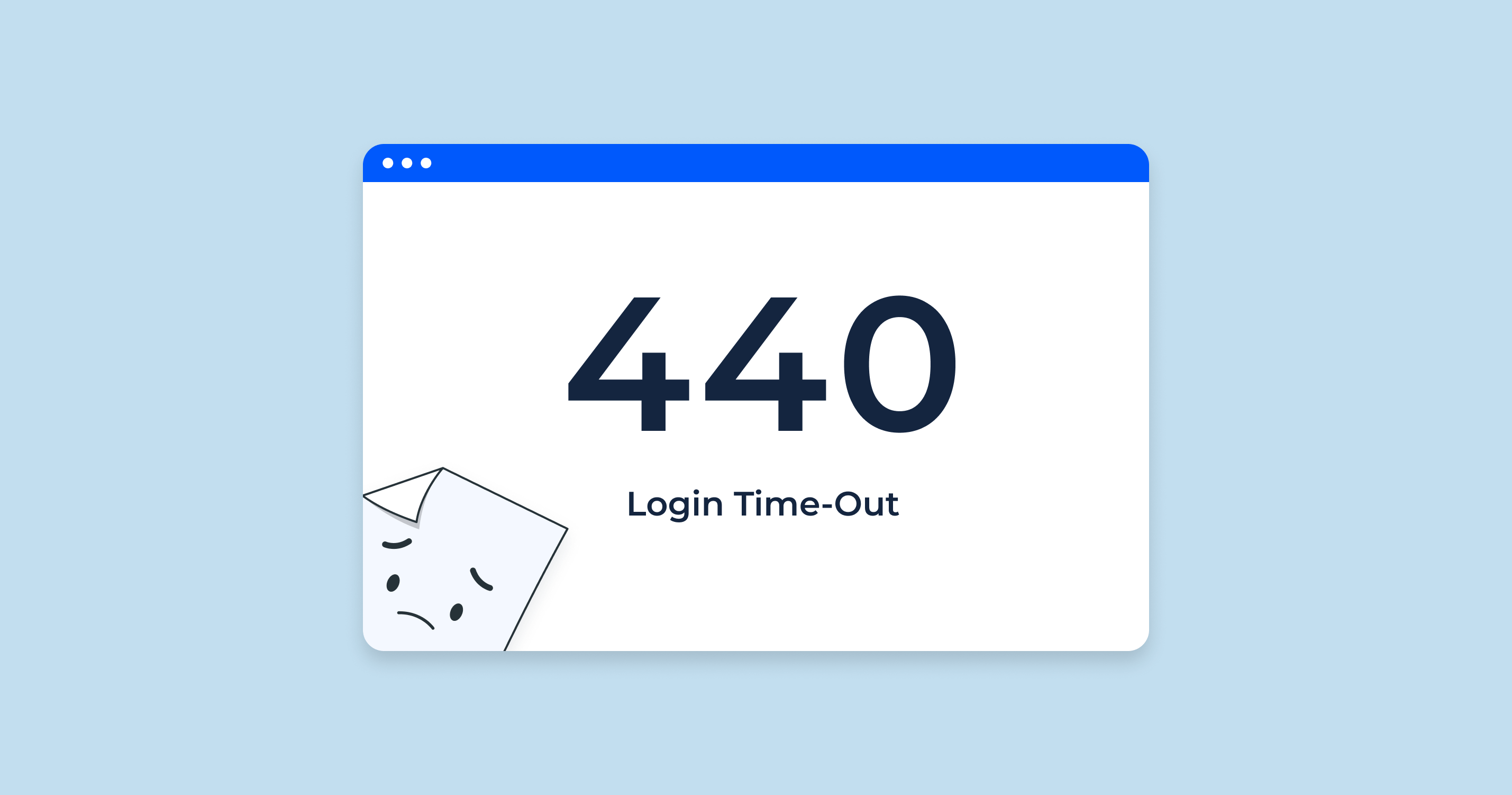What is an Internal Link?
Internal links are hyperlinks that connect pages within the same domain. These hyperlinks are used to navigate between different pages on a website and create a hierarchical structure for the site. On the other hand, external URLs connect pages on different domains and are used to direct to other websites or resources.
Internal links are a crucial part of any website’s structure and can have a significant impact on its user experience and search engine optimization (SEO).
Examples of internal links:
1. A blog post about “The Benefits of Yoga” might include URLs to other blog posts on the same website that cover related topics, such as “5 Yoga Poses for Stress Relief” or “The Science Behind Yoga and Mindfulness.”
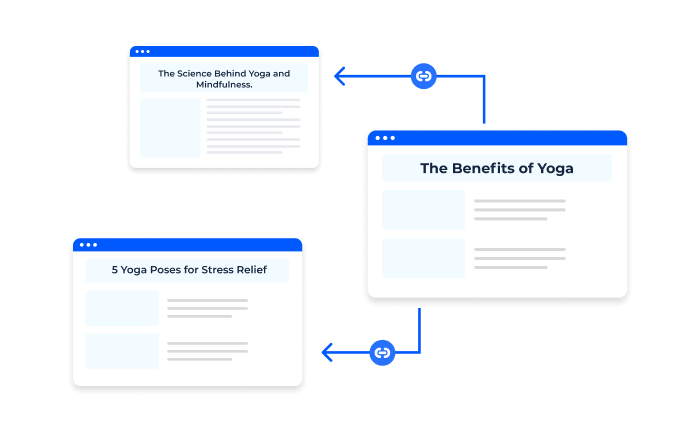
2. An e-commerce website selling shoes might use internal hyperlinks to connect product pages within the same category, such as “Sneakers” or “Sandals,” or to related products, such as “Matching Socks” or “Shoe Accessories.”
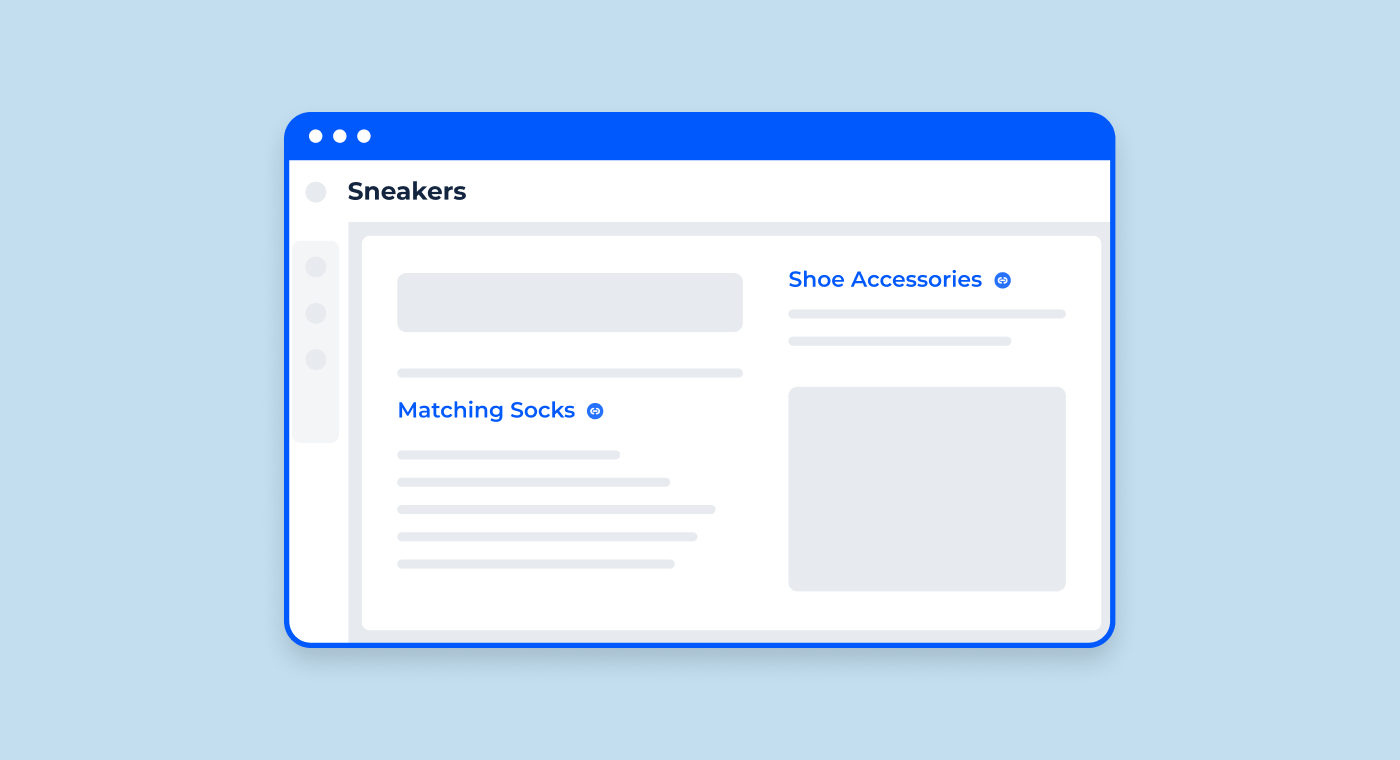
3. A news website might use them also to connect related articles on the same topic, such as “Breaking News: Fire Breaks Out in Downtown” linking to “Update: Firefighters Work to Contain Blaze,” or to other relevant news sections, such as “Politics” or “Sports.”
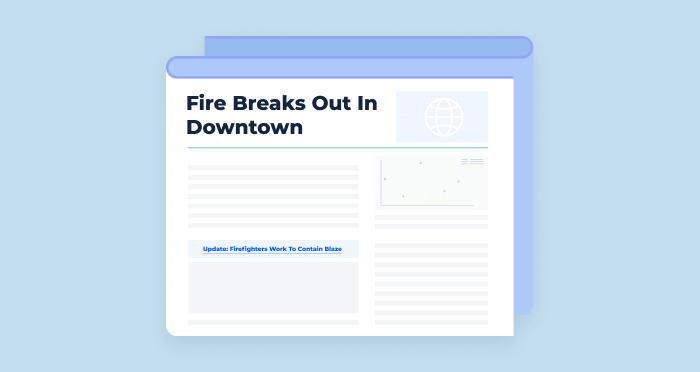
Importance of Internal Links for Website Structure, User Experience, and SEO
By using internal links strategically and effectively, website owners and managers can improve the user experience and navigation of their website, as well as enhance the SEO and visibility of their content.
Internal URLs play a critical role in creating a clear and well-organized structure for a website. They help users to navigate and find the content they are looking for quickly. Such hyperlinks also help search engines to follow and index a website more efficiently, which can improve its overall search engine ranking.
In addition to improving website structure and SEO, hyperlinks can also help to improve the user experience of a website. By connecting to relevant and related content, they can keep users engaged and encourage them to explore more pages on the site. This, in turn, can lead to a longer visit duration, lower bounce rates, and increased conversions.
Matt Cutts from Google answered more questions about “appropriate uses of nofollow” in the webmaster discussion group:
A: We haven't found a case where a webmaster would benefit by intentionally 'theming' their link architecture for search engines. And, keep-in-mind, if a visitor to one part of your site can't easily reach other parts of your site, that may be a problem for search engines as well.
Perhaps it's cliche, but at the end of the day, and at the end of this post, 🙂 it's best to create solid link architecture (making navigation intuitive for users and crawlable for search engines) - implementing what makes sense for your users and their experience on your site.
Common Mistakes and Best Practices for Creating Internal Links
When creating internal links, it is essential to follow best practices to ensure they are effective and beneficial for both users and search engines. However, some common mistakes can impact the effectiveness of your strategy. In this section, we will discuss common mistakes and their corresponding best practices.
Using generic or non-descriptive anchor text
Solution: Use descriptive and relevant anchor text – Anchor text should be descriptive and accurately reflect the content of the page it is connected to. This can help both users and search engines understand what the connected page is about and improve its relevance and ranking.
Placing links randomly without strategic consideration
Solution: Place links strategically – Hyperlinks should be placed strategically throughout the content in a way that makes sense and is easy to navigate for users. Placing hyperlinks at the beginning and end of content can also help to improve their visibility and effectiveness.
Linking to irrelevant or unrelated content
Solution: Link to relevant content – Internal hyperlinks should direct to other relevant and related content on the website. This can help users discover more useful content and keep them engaged on the site for longer.
Recommendations How to Work with Content on Website
- Cluster content: Group related content into clusters and create a hub page that links to all the related content. This strategy is known as “content clustering” and helps to build authority on a topic, improve the organization of the website’s content, and improve the user experience by providing a comprehensive resource for users.
- Use anchor text strategically: Use descriptive and relevant anchor text when creating internal hyperlinks. This helps to provide context for the user and search engines and can improve the effectiveness and relevance of the link.
- Link to cornerstone content: Identify and connect to “cornerstone content,” which are high-quality and comprehensive resources on a specific topic that are the foundation of the website’s content. Linking to cornerstone content helps to establish authority on a topic and improve the website’s search engine ranking.
- Use breadcrumbs: Breadcrumbs are a navigation tool that helps users to understand their location within a website’s hierarchy. Using breadcrumbs can improve the user experience and make it easier for users to navigate the website and find relevant content.
- Use contextual linking: Use contextual linking, which involves linking to related content within the body of a page’s content rather than just in a navigation menu or footer. This helps to provide additional resources for the user and can improve the website’s search engine ranking.
Additionally, we invite you to explore our comprehensive video guide on linking for more in-depth information:
Manage Your Linking with Sitechecker Internal Links Tool
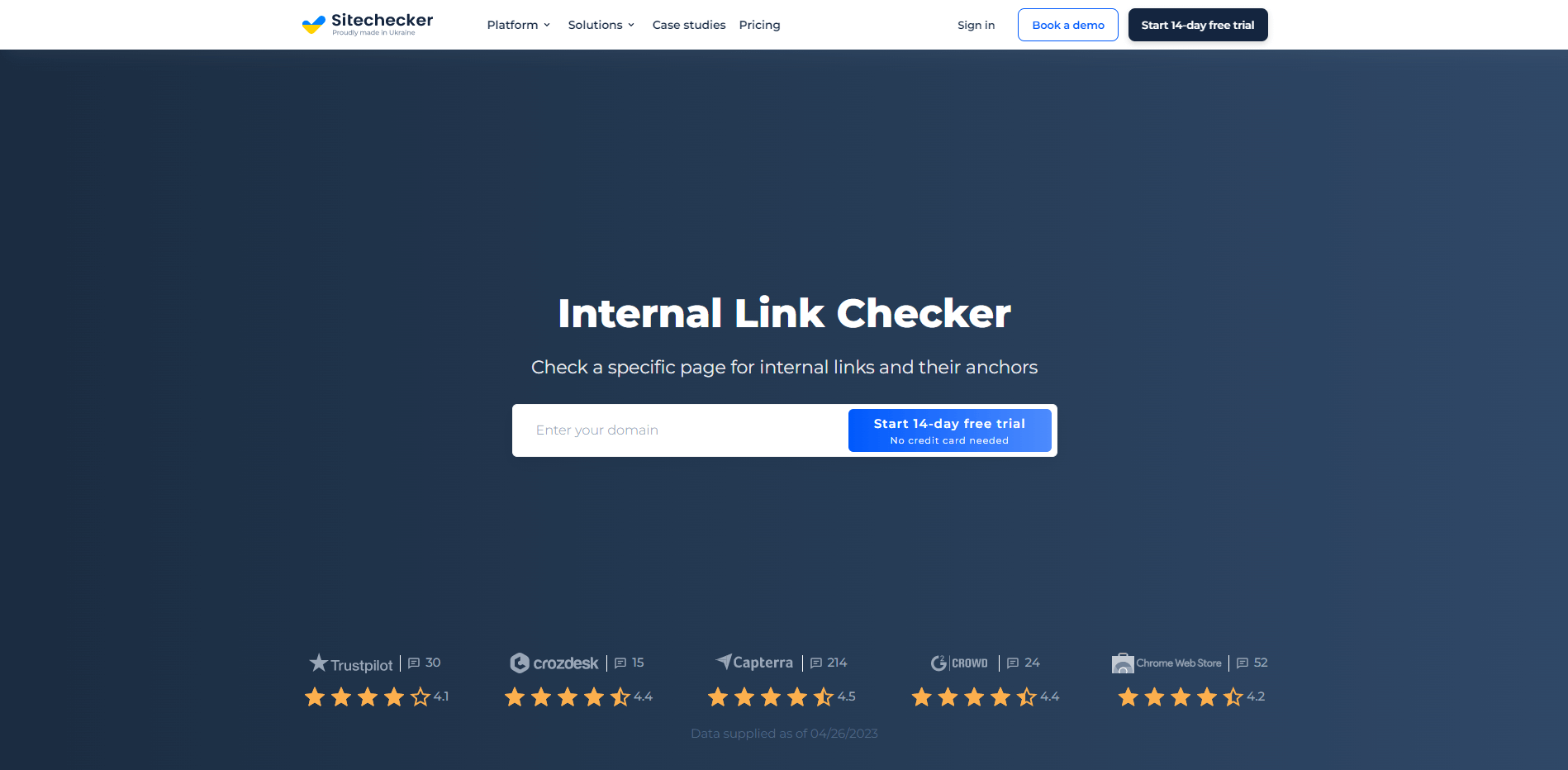
Internal Links tool is a valuable resource that assists website owners in analyzing and optimizing their internal linking structure. By scanning your website, the tool identifies all internal hyperlinks and presents key data such as anchor texts, link types, and HTTP statuses. This comprehensive analysis allows you to identify any issues or inconsistencies and improve your strategy. By leveraging Sitechecker Internal Links tool, you can enhance your website’s user experience, navigation, and SEO performance.
Conclusion
Internal hyperlinks are a vital part of any website’s structure and can have a significant impact on its user experience and search engine optimization. By following best practices and avoiding common mistakes, website owners and managers can ensure that their internal in-page connections are effective, useful, and beneficial for both users and search engines.
